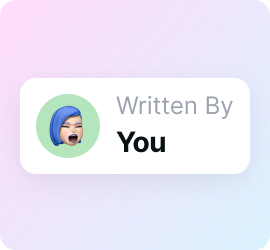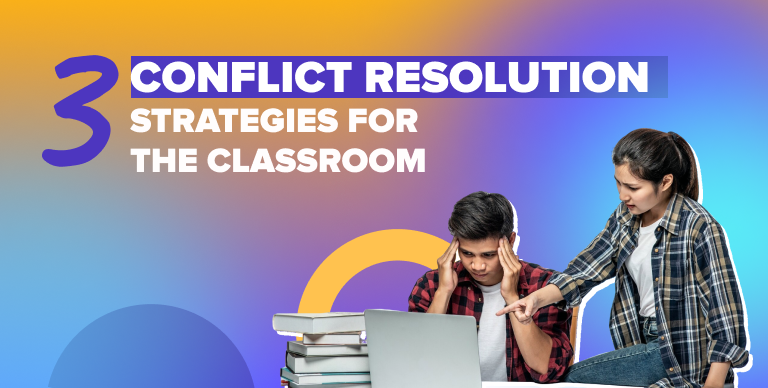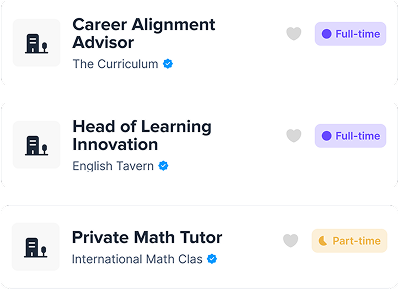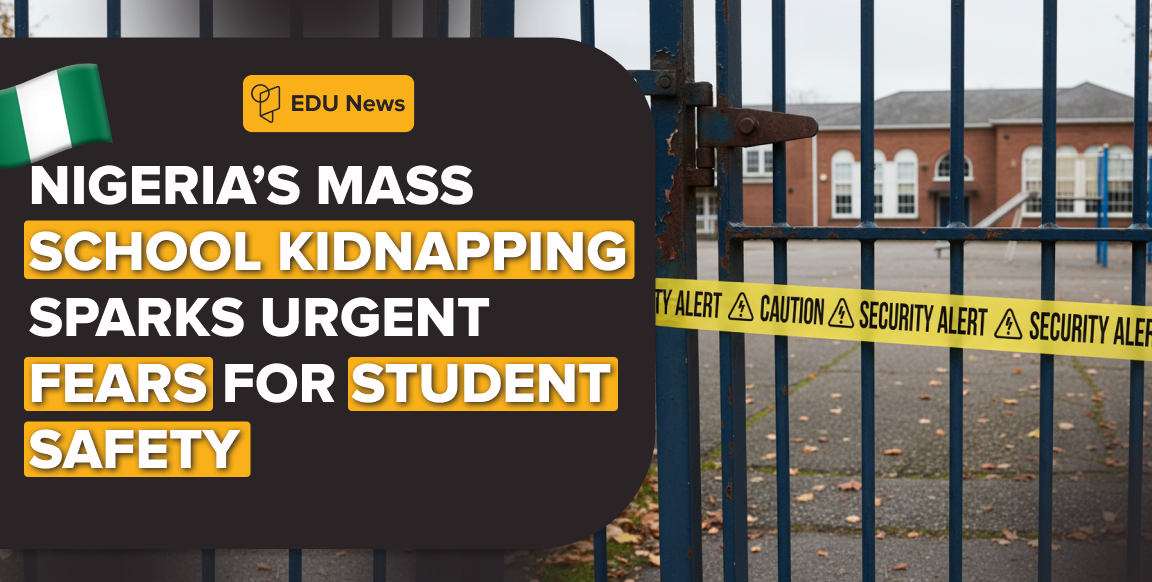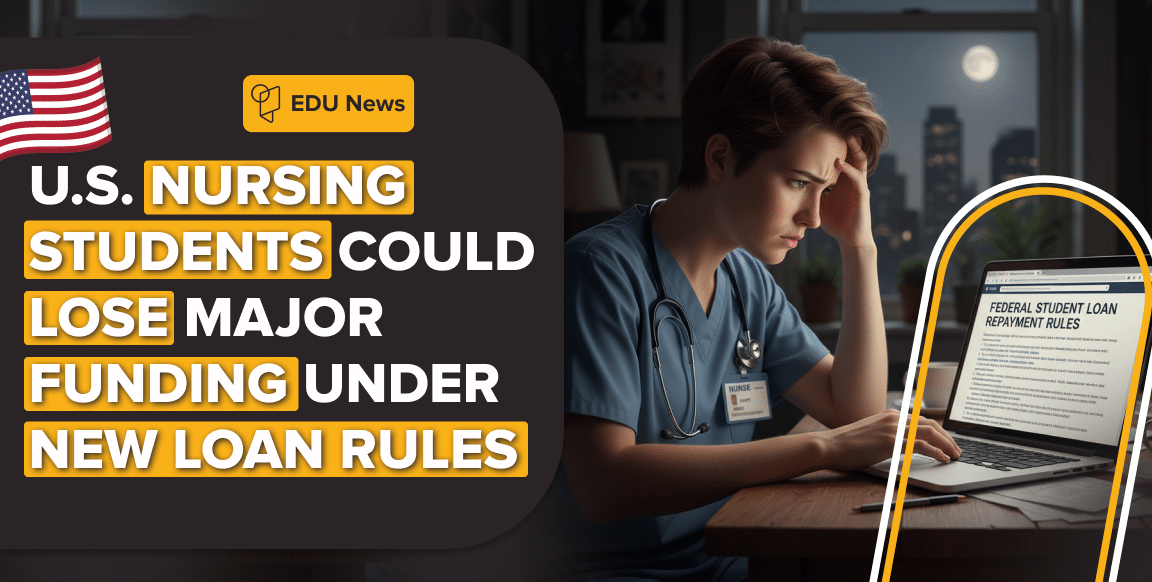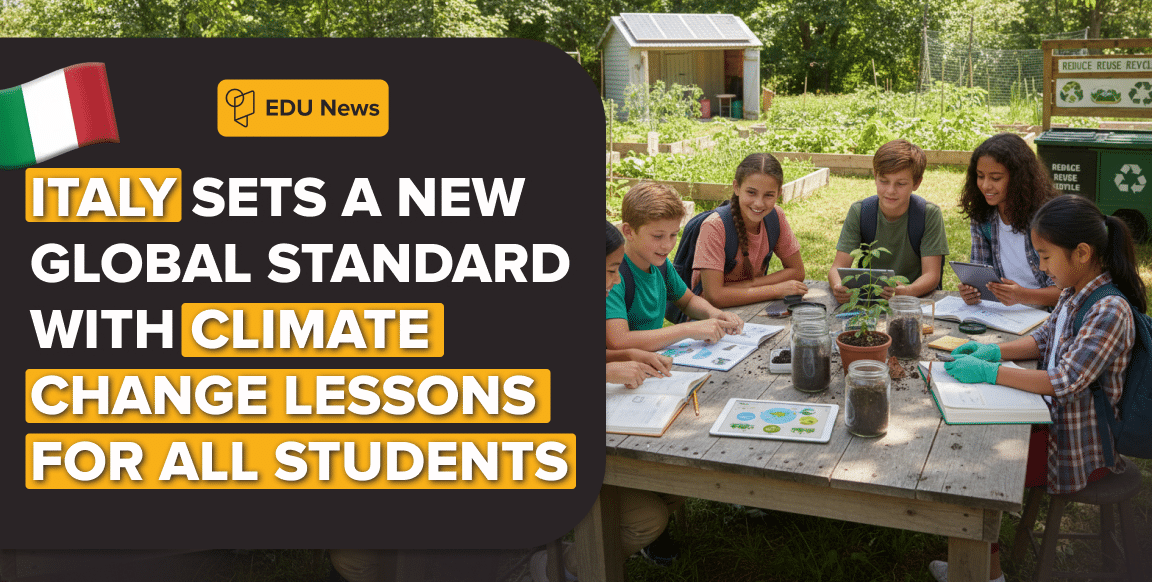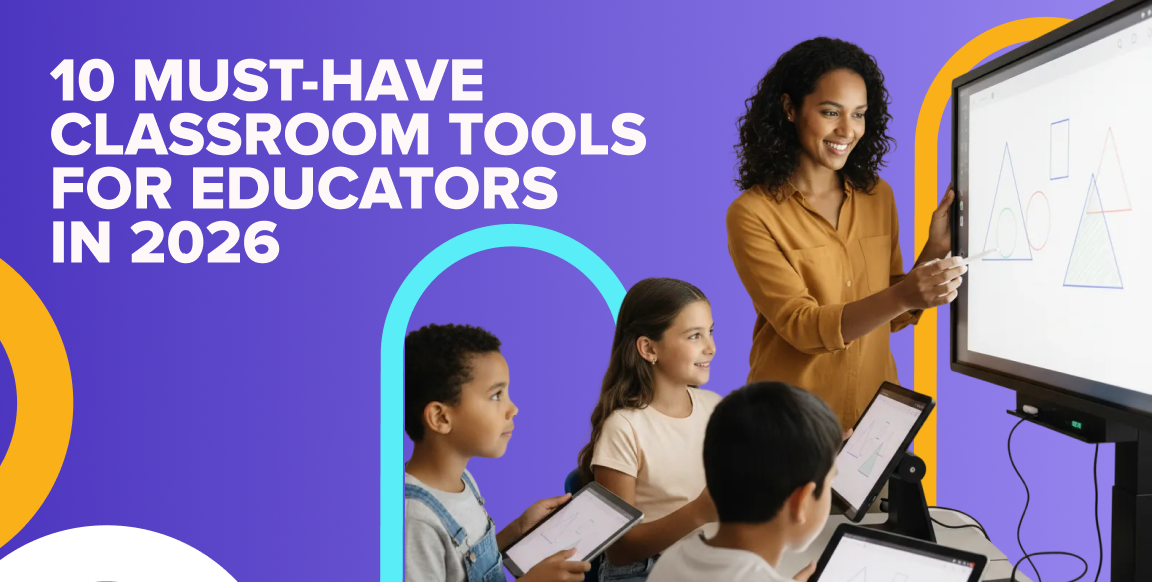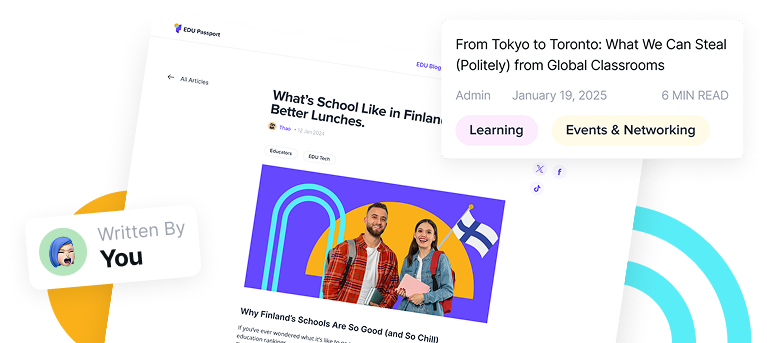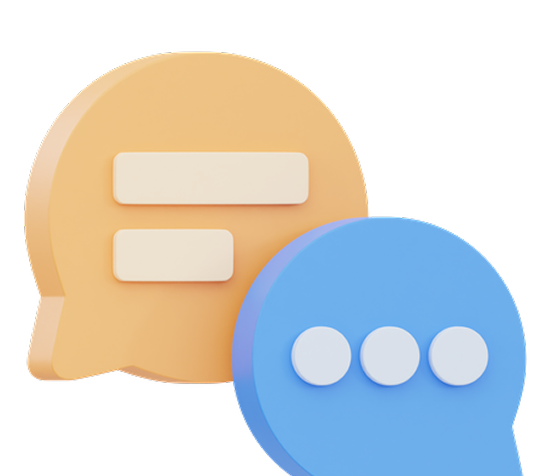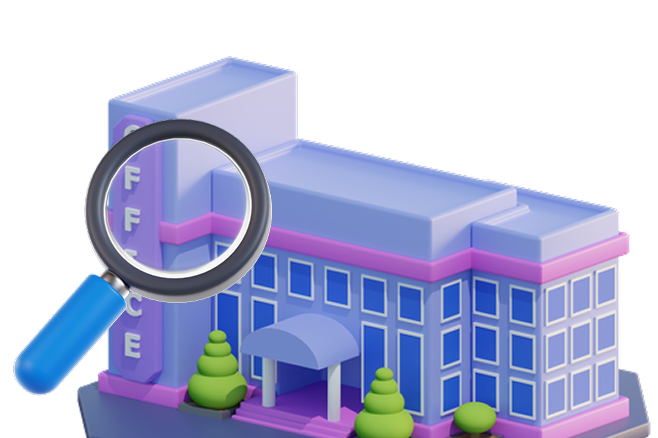Sometimes students and educators disagree or argue in the classroom. This can happen because of different views, values, personalities, goals, needs, or interests. Some conflict can help students learn and grow, but others can hurt the relationships and the learning atmosphere. Thus, conflict resolution strategies are essential for a positive learning environment.
How can educators deal with conflict in a positive and effective way? This EDU Blog will give you three ways to solve conflict and make your classroom more peaceful and productive.
Defining Conflict Resolution Strategies
When people disagree or clash, they need ways to deal with and prevent more problems. These ways are called conflict resolution strategies, which involve talking, listening, and working with the other person.
Thomas and Kilmann identified five common strategies that describe different levels of how much you stand up for yourself and how much you care about the other person. More specifically, they are: staying away, giving in, fighting, meeting halfway, and working together.
Each strategy can be good or bad depending on the situation and the relationship. One of the best skills for resolving conflicts is listening well, because it makes the other person feel like you care and understand them.
How to Solve Conflicts in the Classroom: 3 Effective Approaches
1. Active Listening
Active listening is a skill that involves paying attention to what the other person is saying, without interrupting, judging, or dismissing them. It also involves reflecting back what the other person said, to show that you understood them and to clarify any misunderstandings.
Active listening can help reduce conflict by making the other person feel heard, respected, and validated. It can also help you understand the root cause of the conflict and the other person’s perspective and feelings.
To practice active listening in the classroom, you can use these steps:
Ask the conflicting parties to take turns to share their side of the story, without interruptions.
Repeat what they said in your own words, and ask them to confirm if you got it right.
Ask open-ended questions to elicit more information or clarification.
Summarize the main points of agreement and disagreement between them.
- Finally, thank them for sharing their views and feelings.
2. Collaborative Problem-Solving
When people have a problem and they disagree on how to solve it, they can work together to find a way that makes everyone happy. This is called collaborative problem-solving. It means that everyone listens to each other and tries to understand what the other person wants and needs. Then they look for a solution that satisfies everyone as much as possible.
This approach can help resolve conflict by fostering cooperation, creativity, and empathy. It also teaches the parties how to communicate well, value diversity, and make concessions.
To practice collaborative problem-solving in the classroom, you can use these steps:
Identify the problem and its impact on everyone involved.
Brainstorm possible solutions that are fair, realistic, and respectful.
Evaluate each solution based on its pros and cons, and how well it meets everyone’s needs and interests.
Choose the best solution that everyone agrees on.
Implement the solution and monitor its progress and outcomes.
- Finally, celebrate the success or revise the solution if needed.
3. Peer Mediation
Peer mediation is a way to help students who have a conflict with each other. A peer mediator is another student who is not involved in the conflict and who can help them find a peaceful and positive solution.
This method can make the school environment more peaceful and respectful, because students learn how to deal with their feelings and how to listen and talk to each other. They also learn important skills for life, such as empathy, communication, negotiation, and critical thinking.
If you want to use peer mediation in your classroom, you can follow these steps:
Choose and train some students who are interested and capable of being peer mediators.
Make sure everyone knows the rules and expectations for peer mediation, such as keeping things private, being willing to participate, being fair and respectful to everyone.
When there is a conflict that is suitable for peer mediation, such as a small argument or misunderstanding that does not involve violence or bullying, ask the students if they want to try peer mediation.
Help the peer mediators to run the mediation session, using skills like active listening and cooperative problem-solving.
- Finally, check in with the students who had the conflict and the peer mediators after the session, to give them feedback and encouragement.
In A Nutshell
A positive learning environment in the classroom needs conflict resolution strategies. Educators can use active listening, collaborative problem-solving, and peer mediation to deal with conflicts.
Active listening makes people feel heard and understood. While collaborative problem-solving helps people work together and compromise. On the other hand, peer mediation lets students solve conflicts by themselves and learn social skills. These strategies can turn conflicts into learning opportunities.
Want more educational tips and insights? Join EDU Passport today and check out our EDU Blogs! Create a harmonious classroom environment now.



